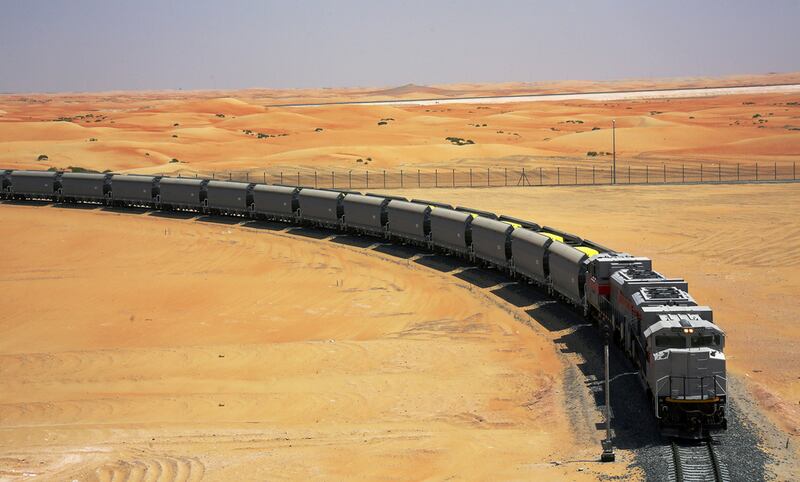The low price of oil is expected to worsen Abu Dhabi's balance sheet over the coming months, Standard & Poor's has warned, but the emirate's cash piles will continue to support the economy.
Maintaining the emirate’s long-term debt rating at AA, a notch below its highest AAA rating, the credit ratings agency calculated in a report released late on Friday that Abu Dhabi’s budget would run at a deficit of about 5 per cent of the emirate’s GDP between this year and 2019.
That is bigger than S&P’s previous estimate for the period of a shortfall of about 1 per cent of GDP, and well below its expectations before that of a 2 per cent surplus.
S&P said that the widening in the deficit reflected the rating agency’s assumptions that the oil price would remain at about US$46 per barrel over the next three years – down from its previous assumption of $73 per barrel, which it made last year.
Oil prices have fallen from more than $110 per barrel eight months ago to about $30, hitting state budgets and spending.
“The government has yet to agree on a 2016 budget and currently limits spending to one-twelfth of the 2015 budget per month,” S&P said. “Nevertheless, we assume that upcoming budgets will include further measures to contain expenditures in light of the low oil price.”
Abu Dhabi economic officials could not be reached for comment yesterday.
Despite attempts to diversify the economy, S&P calculates that Abu Dhabi derives about 50 per cent of its GDP and 90 per cent of government revenue from oil taxes and royalties as well as dividends from the state-owned oil producer Adnoc.
Etihad Rail, the state-owned developer and operator of the national rail network, last month confirmed it had suspended the tendering process for the second stage of its Dh40 billion, 1,200 kilometre rail network amid expectations of further government belt tightening.
S&P’s report came just days after new UAE Central Bank data showed that the economy grew at an annual rate of 2.8 per cent in the fourth quarter of last year, its slowest rate since 2010, when the country was emerging from the aftermath of the Dubai World crisis.
Nevertheless, S&P added that it expected Abu Dhabi to maintain net assets of about 320 per cent of GDP over 2016-2019 – one of the highest net government asset ratios among the countries it rates.
Last week, its fellow ratings agency Fitch likewise affirmed Abu Dhabi’s AA credit rating, pointing to the country’s vast sovereign wealth fund holdings as an ample buffer against the low oil price. While the country’s fiscal deficits have widened as the collapse in oil prices drives government revenue lower, Fitch said that a mix of subsidy reforms, drawdowns on reserves and government-related entity deposits, and new local debt issuance mean that the shortfall was manageable.
S&P on Friday also affirmed its ratings for Sharjah and Ras Al Khaimah.
S&P said its continued A/A-1 rating for Sharjah reflecting its view that the emirate’s public finances would remain strong even as lower oil prices affect the emirate’s mining and energy industries. S&P estimated that Sharjah would have a 2.8 per cent annual growth rate for 2016-2018, down from the 3.5 per cent it forecast in November 2015.
For Ras Al Khaimah, S&P also affirmed its rating of A/A-1, adding that it expected RAK’s fiscal balance to remain in surplus and its debt burden low, with its diverse economy acting as a buffer against lower regional demand.
lbarnard@thenational.ae
Follow The National's Business section on Twitter





